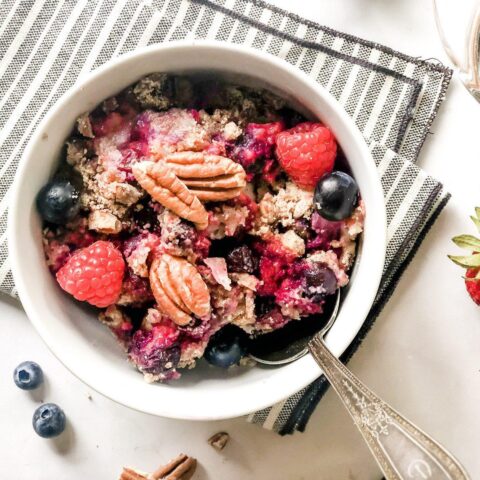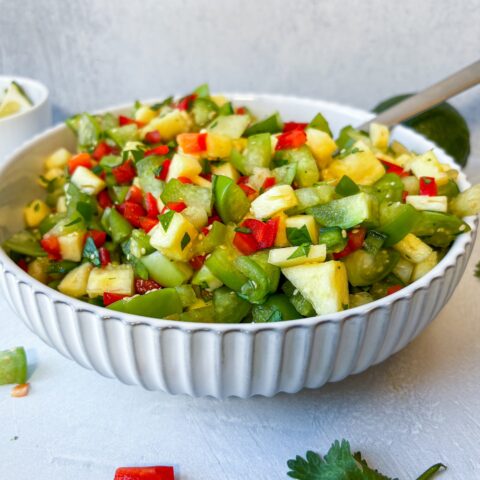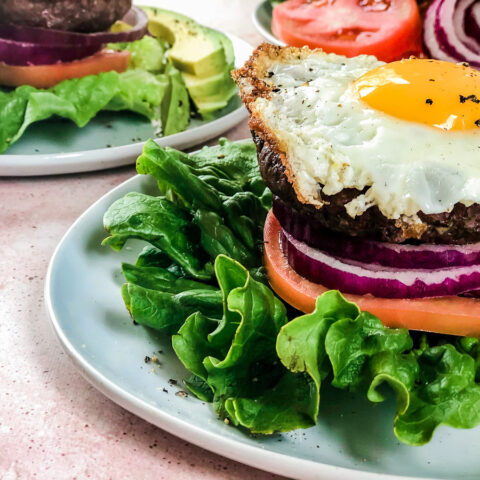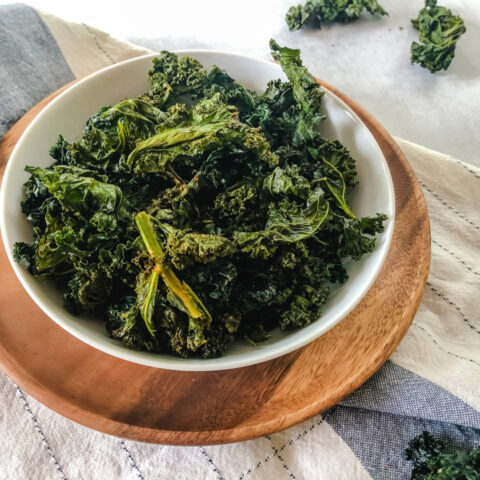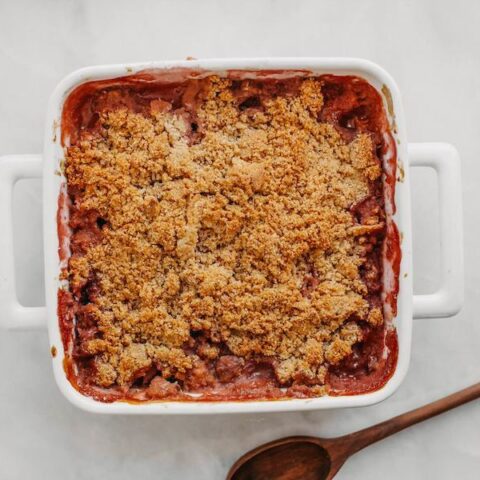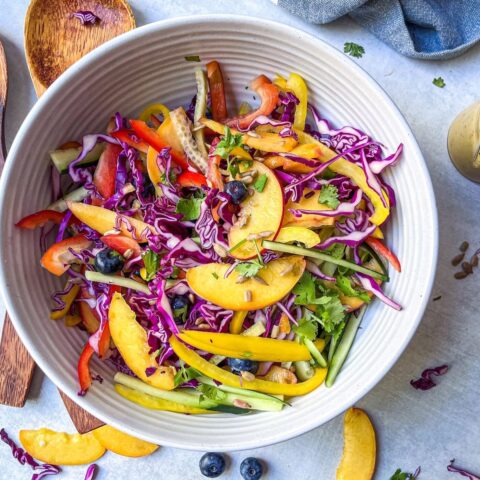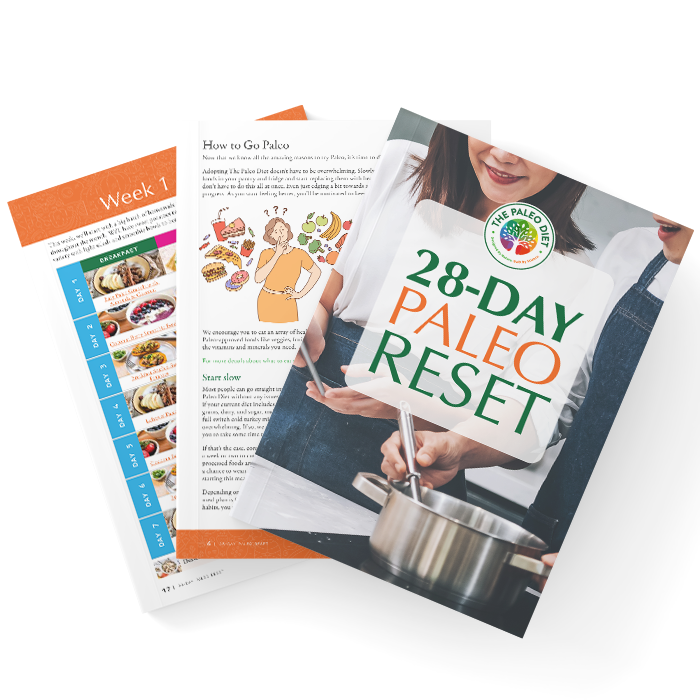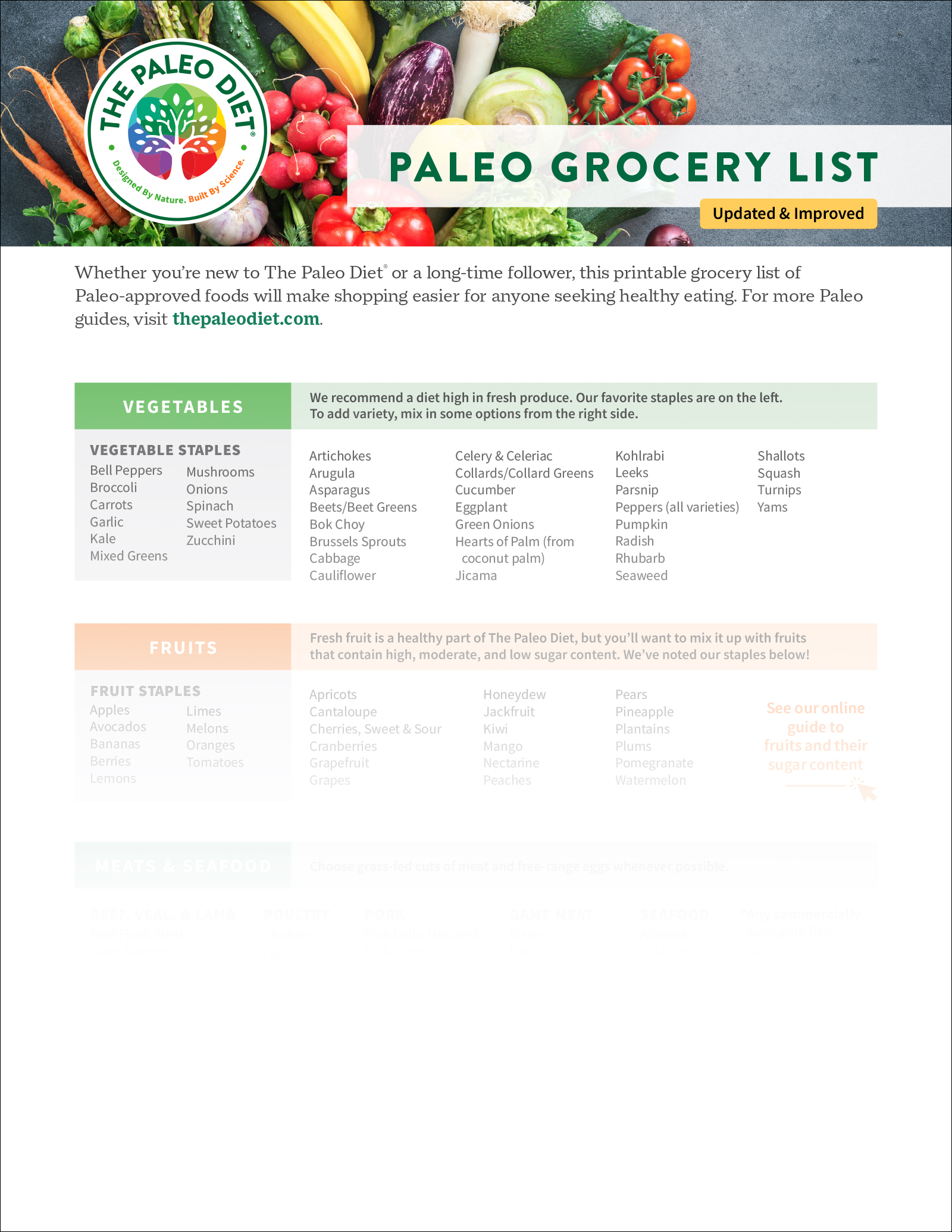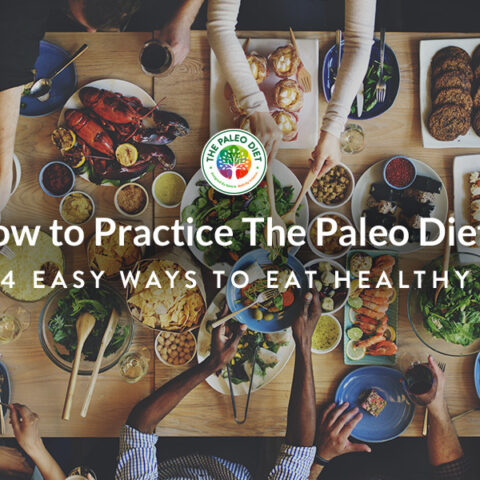
Live The Paleo Diet® Lifestyle
The right tools for the journey ahead.
No matter what “naturally strong and healthy” means to you, here’s where you’ll find the tools and guides to achieve your vision.
Recent Recipes from The Paleo Diet®
Introducing TRUEPALEO™ & PaleoFLEX™
The Paleo Diet® certifies foods, food products, and recipes. Look for TRUEPALEO and PaleoFLEX certification marks to help you make the healthiest food choices.
Starting this year, look for these certifications on all our recipes and on food products in grocery stores.
LEARN MOREMeal Plans + Grocery Lists
We strive to make practicing The Paleo Diet® easier and more rewarding. See guides, grocery lists, meal plans, What to Eat This Week (a full year of weekly meal plans), and more.
GET MORE HELPFor Health Conditions and Food Sensitivities
Food should make you feel good. Here are your plans, key concepts and approaches, plus guidance for the Autoimmune Protocol (AIP.)
Learn MoreFor Better Performance
From sports to the office, strong performance takes many forms. See our performance nutrition guides, meal plans, and other approaches to help you rise to the challenge at work and play.
Learn More
